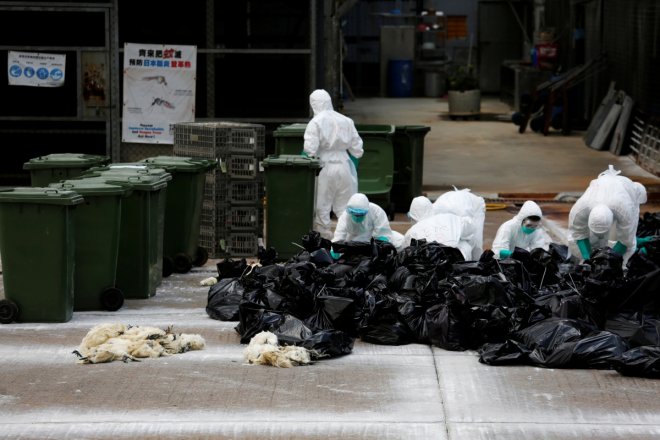
The Philippine government through its agriculture agency is preparing its resources to cull out at least 600,000 chickens and other fouls suspected to have the bird flu virus in the province of Pampanga in the Northern Philippines.
A bird flu or avian influenza is a disease that can affect human beings. Once affected, human beings will have symptoms like conjunctivitis, fever, muscle aches, nausea, abdominal pain, diarrhea, vomiting and severe respiratory illness.
The agriculture agency earlier announced that they would slaughter only 200,000 chickens within the 1-square kilometre quarantine zone in the identified area in Pampanga but they later decided to increase the number to 600,000 heads when thirty more farm owners signified their interest to have their fowls culled.
The Department of Agriculture said the culling of these poultry chickens and other fouls is to prevent the widespread of the virus and prevent more losses in the future among farm owners raising poultry chickens.
Agriculture Minister Emmanuel Pinol said that farm owners are now making sacrifices so we can contain the spread of the virus.
"The poultry chicken owners decided to have their fowls culled because they could not continue doing business because their chickens have been suspected of having the virus," Pinol sad.
Prior to this plan, the government has already culled 73,000 birds and it needs at least USD 1 million to continue with the depopulation of the poultry chickens.
The government committed to pay USD 1.50 for every fowl culled by the agriculture agency.








